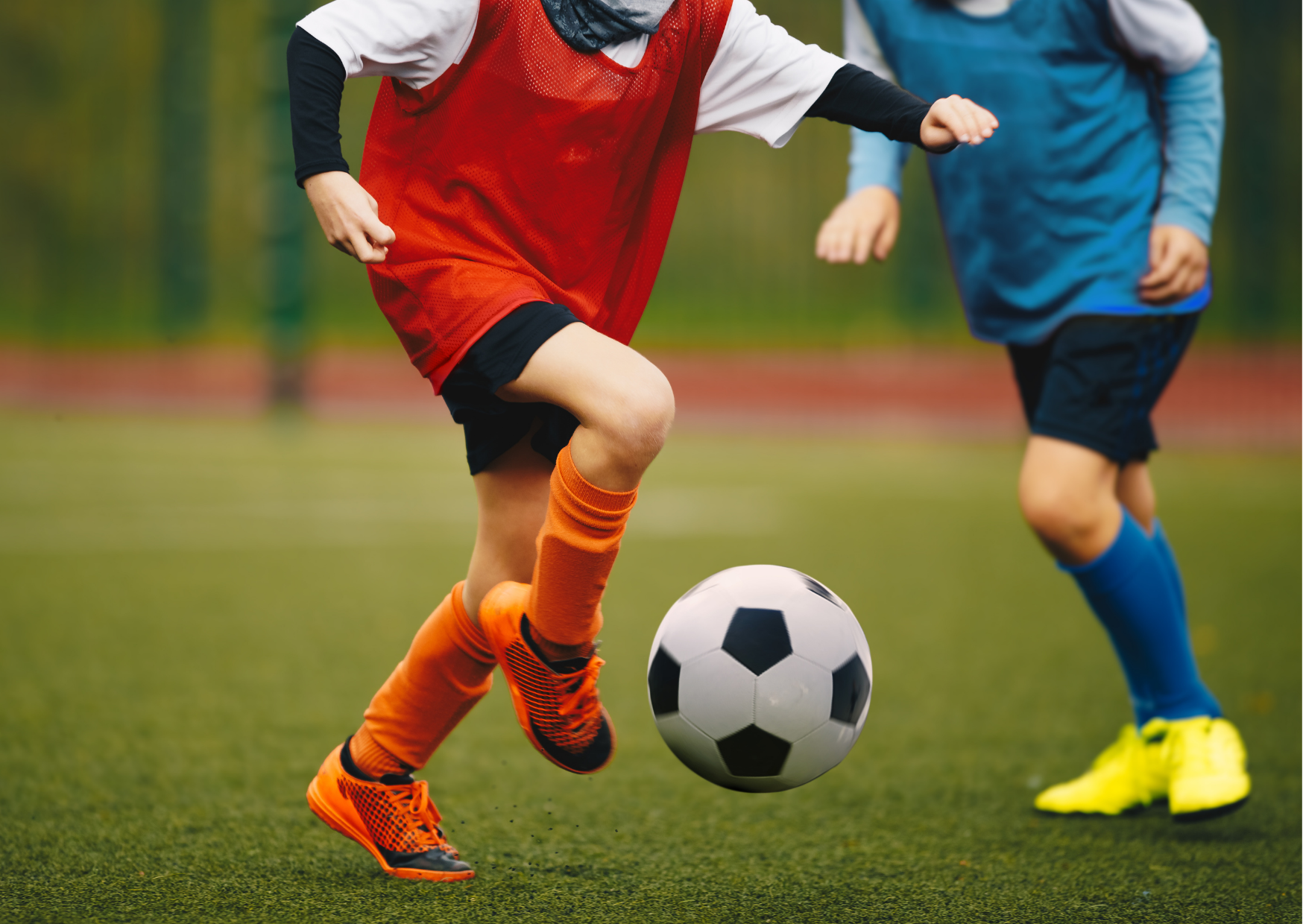Several years ago, I wrote about the dangers of early sport specialization. The article outlined 3 key factors into why, as a fitness professional, I would discourage young kids from playing a single sport for 12 months out of the year. These three key factors were a higher rate of injury, a higher rate of psychological stress, as well as a high degree of burnout. As time has progressed, a number of articles have come out warning of these very same risks. Despite the warnings, sport specialization has seen an increase in recent years, and I see the effects of it on a weekly basis at the studio. 3 years ago, I had four kids below the age of 16 on my schedule for overuse injuries from early sport specialization. This year I have close to 15. My studio has close to 30. These kids are in chronic pain. Not a stiff elbow, not a sore knee, but chronic joint pain. They are experiencing joint pain that I have only ever seen in people above the age of 45. Their range of motion is severely lacking for their age, and they are complaining of symptoms that shouldn’t manifest until their early thirties. Even on a micro level, this is alarming. As you zoom out to the rest of the country, you can see this is not isolated to Fairfield County. It’s systemic. It’s an epidemic, and nobody, I mean nobody seems to be listening. If they are, they don’t seem to grasp the severity, and short sightedness of this style of play. Rather than writing another article outlining the same things I did 3 years ago, let’s instead talk about some of the factors that may contribute to this mindset, and some of the reasons why that mindset may be inaccurate, to put it lightly.
I want to be great:
One of the biggest reasons coaches, parents, and young athletes choose to specialize is the wanton for greatness. That dream lives in every young athlete, and it’s not my job to extinguish that flame. I think every kid should do their best to live to the fullest of their athletic potential. However, there is very little data to support early sport specialization relating to elite level performance later in life. There are outliers, figure skating and gymnastics being the only two I would excuse, however data for almost all other sports does not connect the dots between early specialization and later elite performance. In fact, most high-level collegiate athletes report having played multiple sports in their youth, often starting out with a different activity than the one they later specialized in. It’s not uncommon to say that most Division I athletes did not specialize before the age of 12. Furthermore, the athletes that played more sports required less time to specialize. Most world class athletes don’t start training for their sport until later adolescence (the statistical average would be around age 15). Early athletic diversification has been shown to decrease the amount of time it takes to excel in a specific activity due to the transfer of pattern recognition from sport to sport. Athletic diversification in youth followed by specialization in later adolescence provides more enjoyment, fewer injuries, and longer participation, all of which are important for success in a chosen sport later in life. If that’s not enough, I would turn your attention to Norway. This is a country with 93% youth sport participation, where early specialization, quite literally, does not exist. The economic cost and barriers for entry are extremely low, travel teams don’t start until teenage years, and coaches do not separate the elite from the average until high school. With only 5.8 million people, Norway handily crushed our medal count with 39, compared to the United States with only 23. We would do well as coaches and parents to adopt a more Scandinavian approach to youth sports.
The Professionalization of youth sports, and the 10,000 hour rule.
There are many factors at play when it comes to the push of early specialization. One of which is most certainly money, however there are other variables such as the professionalization of youth sports, and the application of Malcolm Gladwells “10,000 hours makes a master” rule. If you’re unfamiliar with the book “Outliers” by Mr. Gladwell, then this may not make any sense to you. The book studied elite musicians and their rise to glory through ten thousand hours of practice, usually over the course of ten years. Since the release of this book many parents and coaches have latched onto this ideal and incorrectly applied it to youth sports. Obviously if you want to get good at something, you need to practice, and practice a lot. However, the exchange rate from music to athletics is not 1:1. Furthermore there is no literature to back up early specialization for elite status like it does for musicians. If that’s not enough, look at some of the most elite hockey players today. Blake Coleman, center for Calgary was an all-star soccer player in Texas. Anders Lee, left wing for the Islanders, was an all-star athlete in Minnesota. He won Gatorade player of the year for football while also lettering in baseball and hockey. Chris Kreider was another dominant soccer star in high school before lighting up the collegiate hockey circuit at BC. The mindset that 10,000 hours creates a master holds true for many things musically, where technical ability is of the utmost importance. However, this idea does not always hold true for sport, especially when you’re trying to pack 10,000 hours into the first 5 years of your participation. The other variable at play here is the professionalization of youth sports. Whenever I have a new child athlete at the studio, one of the first things I have them do is tell me about their practice and game schedules for the week. It never ceases to amaze me that these weekly commitments often exceed the child’s age in hours practiced. This goes against the advice of many of the top sports medicine doctors, who recommend never exceeding the child’s age in hours practiced until high school. They also recommend at least 3-4 months of an off season. When you focus that much on one sport at that age, injury shoots through the roof, and burnout is inevitable.
Parting advice:
Remember, for almost all sports, specialization before puberty is not necessary to achieve elite level performance, in fact it will most likely detract from it. Most sports medicine doctors recommend exposing kids to as many sports as possible at a young age, and when it comes time to specialize, let them drive the decision-making process. A general rule of thumb is to never exceed the player’s age in hours of practice per week until high school and give them a 3-4 month off season.
Written by Conner Fritchley, LYMBR Master Trainer, Darien Stretch Therapist.




